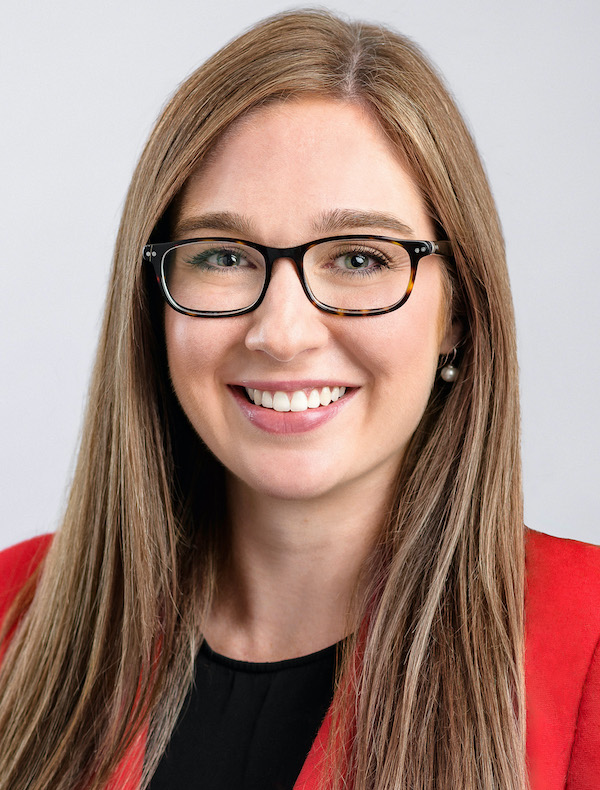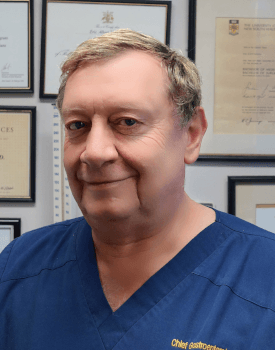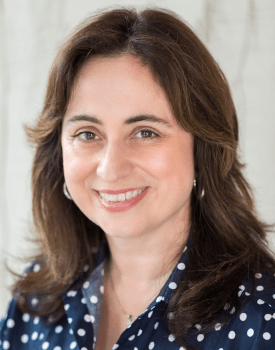DIVERTICULITIS
DIVERTICULITIS
What is Diverticular Disease?
The large bowel (colon) consists of three layers:
• Mucosal (inner) layer.
• Muscular (middle) layer.
• Serosal (outer) layer.
• Frequently, little pouches (mini-hernias) of the inner layer are forced through the muscular layer near small blood vessels. These pouches are called “colonic diverticuli”. If more than one is present then we call this condition “Diverticular Disease”.
• Diverticular Disease is very common and is present in 50% of people over the age of 60. Uncomplicated diverticular disease causes no symptoms so most people are unaware that they have it.
What causes diverticular disease?
The cause is not known but it is most likely related to a low fibre diet. Most commonly diverticular disease is diagnosed when an examination of the bowel (colonoscopy) is performed for other reasons or for screening. No specific therapy is required although it is generally recommended that people have a high fibre diet to reduce progression and complications.
What are the complications of diverticular disease?
The two major complications of diverticular disease are:
• Diverticulitis.
• Diverticular bleeding.
What is diverticulitis?
The word “diverticulitis” literally means infection of a diverticulum. Diverticulitis occurs when a small piece of stool gets stuck in a diverticulum and causes ulceration and infection of the wall. The thin layer of the diverticulum can burst causing an abscess.
If the abscess is contained by the immune system then it is called “uncomplicated diverticulitis”. Symptoms include:
• Continuous abdominal pain and tenderness.
• Fevers / chills / shakes.
• Night sweats.
• Nausea, loss of appetite, tiredness.
Usually uncomplicated diverticulitis resolves by itself although antibiotics will speed up recovery time. Surgery is rarely required.
“Complicated Diverticulitis” results when the abscess is not contained and the bacteria and stool spread into the abdominal cavity. This is then called peritonitis”. A large abscess or a fistula (an abnormal connection or communication) into an adjacent organ can also occur.
Complicated diverticulitis usually requires hospital admission, antibiotics, and surgical intervention.
GASTRIC AND DUODENAL ULCERS (“Peptic Ulcers”)
What is an ulcer?
An ulcer is an area where the surface lining has been lost. For example, a leg ulcer, corneal ulcer, and peptic ulcers. The latter occur in areas subject to digestion by the enzyme “pepsin”. These areas include the duodenum, stomach, and oesophagus.
What causes an ulcer?
Almost all gastric and duodenal ulcers are due to:
• The bacterium Helicobacter Pylori (see “Helicobacter Pylori”).
• Aspirin and other anti-inflammatory agents such as Naprosyn, Brufen, Feldene, Voltaren, etc.
How do I know if I might have a peptic ulcer?
Most patients with peptic ulcers experience “hunger” pain high in the abdomen. These pains usually occur on a daily basis and usually come on between meals and sometimes at night. The pain tends to be relieved by milk, food, or antacids. Twenty percent of patients with ulcers do not have pain but are still at risk from complications. Symptoms of ulcers tend to run in cycles with pain occurring for a few weeks followed by months of no pain. The average patient has two attacks per year.
How are peptic ulcers diagnosed?
All patients with symptoms suggestive of peptic ulcer should be referred for an upper gastrointestinal endoscopy. This is the most accurate method of confirming the presence of an ulcer. At the time of the endoscopy a test can be done to determine if Helicobacter Pylori is present. The upper gastrointestinal endoscopy is also an important procedure to exclude gastric malignancy. Six percent of gastric ulcers are malignant and this particularly needs to be considered in patients who are over 40 years of age.
What are the complications associated with peptic ulcers?
An ulcer may erode deeply into the stomach or duodenal wall exposing an artery which could lead to life-threatening bleeding. Blood may be vomited or passed as black material (“melaena”) in the stool. Sometimes the ulcer breaks through into the abdominal cavity producing a perforation. This produces sudden, severe abdominal pain and requires urgent surgery.
How are peptic ulcers treated?
1. Avoid gastric irritants such as aspirin and anti-inflammatory agents.
2. Eradicate any Helicobacter Pylori when present.
3. Inhibit acid secretion with drugs called proton pump inhibitors (Losec, Zoton, Pariet, Nexium, Somac).
4. In the case of a gastric ulcer, confirmation must be made upon completion of a course of treatment that healing has been complete.
5. Confirm eradication of any Helicobacter Pylori infection with either a urea breath test or a repeat endoscopy.
OUR SPECIALISTS
SERVICES
OUR ADDRESS
| Level 10 & 11, 1 Newland Street Bondi Junction NSW 2022 |
| Level 10 : Procedures |
| Level 11 : Consultations |








